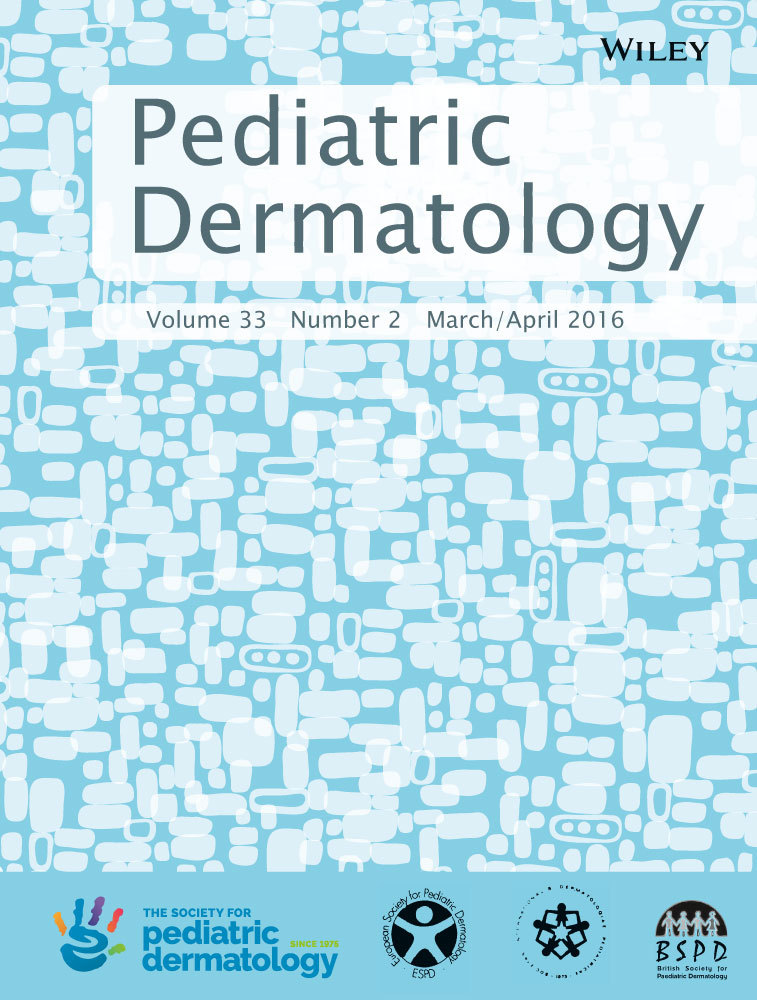Psychodermatologic Effects of Atopic Dermatitis and Acne: A Review on Self-Esteem and Identity
Abstract
Atopic dermatitis (AD) and acne vulgaris are among the most-prevalent skin diseases in children. Both have been well documented in the literature to have significant negative effects on quality of life. Herein, we discuss the results of a comprehensive literature review aimed at assessing the impact of acne and AD on self-esteem and identity. We highlight clinical tools for their assessment and offer coping strategies for patients and families. Multiple factors including relationships with parents and classmates, sports participation, and the sex of the patient contribute to the development of self-esteem and identity in individuals with AD and acne. Atopic dermatitis was found to have significant behavioral effects on children, ultimately resulting in a lack of opportunity to develop proper coping. AD had a more-prominent role in identity formation and gender roles in girls. Acne vulgaris was found to have a more direct effect on self-esteem, self-confidence and identity, especially in girls. The Cutaneous Body Image Scale is reviewed and offered as an easy and reliable tool to evaluate a patient's mental perception of the appearance of their skin. Coping strategies that may be offered to patients and families include empowerment and cognitive adaptation.




